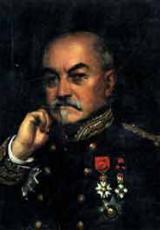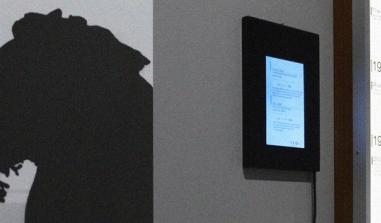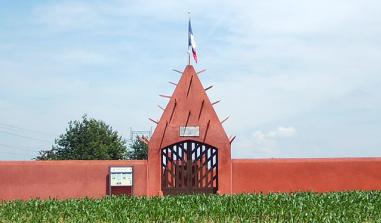Fort de Bron

The caponier. Source: Association of the Fort de Bron
This fort was responsible for preventing any enemy from crossing the heights of Chassieu or St-Priest and advancing towards Lyon.
It was responsible , thanks to the weaponry it contained (155 mm and 120 mm artillery pieces - 220 mm mortars) for preventing any enemy from crossing the heights of Chassieu or St-Priest and advancing towards Lyon, or setting up their own canons, which would then have been able to bomb the town. Trapezoid in shape, which is a characteristic of polygonal fortifications, the length of its perimeter was protected by a dry moat, which prevented the central structure from being surrounded by an infantry attack. Its buildings were covered with a mass of earth in order to absorb the effects of projectiles (an anti-impact layer). In the event of war, its garrison was increased to 841 artillery and infantrymen. More than 1500 m² of stores of various kinds housed provisions and munitions, food supplies, fuel and equipment etc.
History: Advances in artillery quite rapidly rendered this type of fortification obsolete and unsuitable. Nevertheless, the deterrent factor of any fortress could never be totally removed. It remained partly armed up until 1914. After 1920, it had only a logistical role for the nearby air base. It would be occupied by German troops in 1942, and finally given to the urban community of Lyon (la communauté urbaine de Lyon or COURLY) in 1975, to be used as a support building for the enormous water reservoirs. The town of Bron uses it for storing council equipment, for which the COURLY has granted a long lease in return for a modest rent.
The Association of the fort de Bron, created in 1982, brings together all the people and associations who want to contribute to the development, improvement and running of the place. Its administrative committee, with two permanent elected officers from the BRON district, defines the work that needs to be done and participates in the research work on future projects carried out by the council. A sports track and circular walk have been created. A long-term programme is planned for the renovation and conservation of the Fort: access to most of the moats, making some of the rooms in the Fort available for public use and the temporary opening of part of the interior for cultural, community and theatrical events.
The association is particularly keen to promote the historical heritage of this example of military architecture from the end of the 19th century. On the first Sunday of every month it organises free guided tours of the Fort and its museum, from 1.30 to 4.30 pm in winter and 2 to 5 pm in summer. It also organises occasional tours for associations and schools (requests to be addressed to the cultural department of the mairie).
It takes part in Heritage days and holds an artwork exhibition on the first Saturday and Sunday in October. The Fort de Bron belongs to the fortified defence system set up around Lyon after the war of 1870, at the instigation of General Séré de Rivières, who was responsible for fortifications on a national level. One room in the Fort bears his name. A museum is in the process of being established, with new documents and photographs from the period, as well as a visual display showing the different parts of the fort.
Fort de Bron Avenue Maréchal de Tassigny 69500 Bron Association du fort de Bron Bt 74 Maison des sociétés square Grimma 69500 Bron Tel: + 33 (0)6 60 65 25 23 E-mail: chaandre@numericable.fr
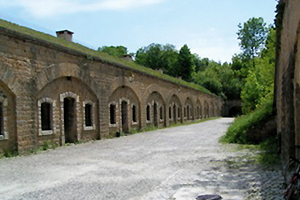
Le fort de Bron.
Source : Association du Fort de Bron
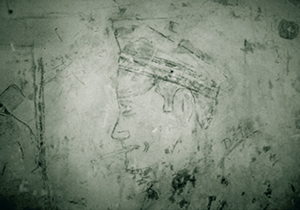
Illustration murale allemande.
Source : Association du Fort de Bron
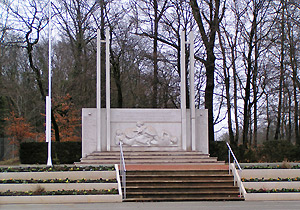
Le monument aux morts de Bron.
Source : Association du Fort de Bron
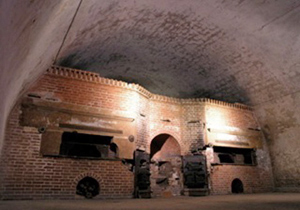
La boulangerie. Source : Association du Fort de Bron
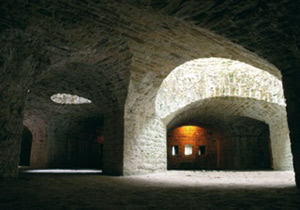
La caponnière. Source : Association du Fort de Bron
Practical information
Avenue Maréchal de Tassigny 69500
Bron
Tél. : 06 60 65 25 23
tous les premiers dimanches de chaque mois en période d'hiver de 13h30 à 16h30 et en période d'été de 14h à 17h, en après midi.


